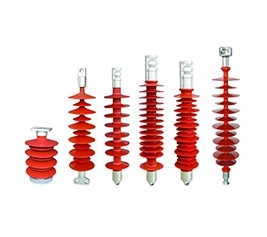en
+
After the lightning arrester is installed, when the transmission line is struck by lightning, the shunt of the lightning current will change. A part of the lightning current is transmitted from the lightning protection line to the adjacent tower, and part of it enters the ground through the tower body. When the lightning current exceeds a certain value, the lightning arrester will act. shunt. Most of the lightning current flows from the arrester into the conductor and spreads to the adjacent tower.
When the lightning current flows through the lightning conductor and the conductor, due to the electromagnetic induction between the conductors, coupling components will be generated on the conductor and the conductor respectively. Because the shunt of the arrester is much larger than the lightning current shunted from the lightning conductor, the coupling effect of this shunt will increase the potential of the conductor, so that the potential difference between the conductor and the top of the tower is smaller than the flashover voltage of the insulator string, and the insulator will not occur. Flashover, therefore, the line arrester has a good potential clamping effect, which is also an obvious feature of the line arrester for lightning protection.
The line arrester effectively prevents flashover by reducing the potential difference between the conductor and the top of the tower, ensuring the reliable performance of hollow core insulator and zinc oxide disc protectors on electric transmission lines. This potential clamping effect enhances the overall efficiency and safety of the transmission system.





